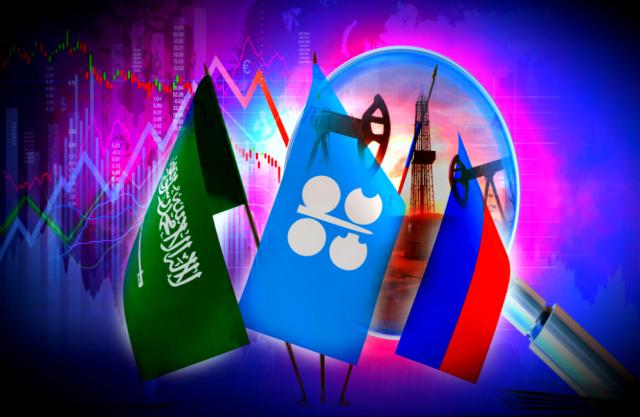
(Source: Shutterstock.com)
[Editor’s note: This story was updated from a previous version first published at 8:20 a.m. CT Dec. 3.]
OPEC and Russia on Dec. 3 agreed to a modest oil output increase from January by 500,000 bbl/d but failed to find a compromise on a broader and longer term policy for the rest of next year, four OPEC+ sources told Reuters.
The increase means OPEC and Russia, a group known as OPEC+, would move to cutting production by 7.2 million bbl/d, or 7% of global demand from January, compared with current cuts of 7.7 million bbl/d.
The curbs are being implemented to tackle weak oil demand amid a second coronavirus wave.
OPEC+ had previously been expected to extend existing cuts until at least March.
But after hopes for a speedy approval of anti-virus vaccines spurred an oil price rally at the end of November, several producers started questioning the need to keep such a tight rein on oil policy, as advocated by OPEC leader Saudi Arabia.
OPEC+ sources have said Russia, Iraq, Nigeria and the United Arab Emirates have all to a certain extent expressed interest in supplying the market with more oil in 2021.
Four OPEC+ sources said the group would now gather every month to decide on output policies beyond January and monthly increases are unlikely to exceed 500,000 bbl/d.
OPEC+ has to strike a delicate balance between pushing up oil prices enough to help their budgets but not by so much that rival U.S. output surges. U.S. shale production tends to climb above $50/bbl.
Monthly meetings by OPEC+ will make price moves more volatile and complicate hedging by U.S. oil producers.
Crude prices were little changed after the OPEC+ decision at around $48/bbl.
Recommended Reading
Exxon Mobil Guyana Awards Two Contracts for its Whiptail Project
2024-04-16 - Exxon Mobil Guyana awarded Strohm and TechnipFMC with contracts for its Whiptail Project located offshore in Guyana’s Stabroek Block.
E&P Highlights: Feb. 26, 2024
2024-02-26 - Here’s a roundup of the latest E&P headlines, including interest in some projects changing hands and new contract awards.
Comstock Continues Wildcatting, Drops Two Legacy Haynesville Rigs
2024-02-15 - The operator is dropping two of five rigs in its legacy East Texas and northwestern Louisiana play and continuing two north of Houston.
Deepwater Roundup 2024: Offshore Europe, Middle East
2024-04-16 - Part three of Hart Energy’s 2024 Deepwater Roundup takes a look at Europe and the Middle East. Aphrodite, Cyprus’ first offshore project looks to come online in 2027 and Phase 2 of TPAO-operated Sakarya Field looks to come onstream the following year.
TotalEnergies Starts Production at Akpo West Offshore Nigeria
2024-02-07 - Subsea tieback expected to add 14,000 bbl/d of condensate by mid-year, and up to 4 MMcm/d of gas by 2028.





